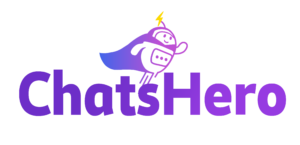Creating Multilingual AI Chatbots for Seamless User Experiences
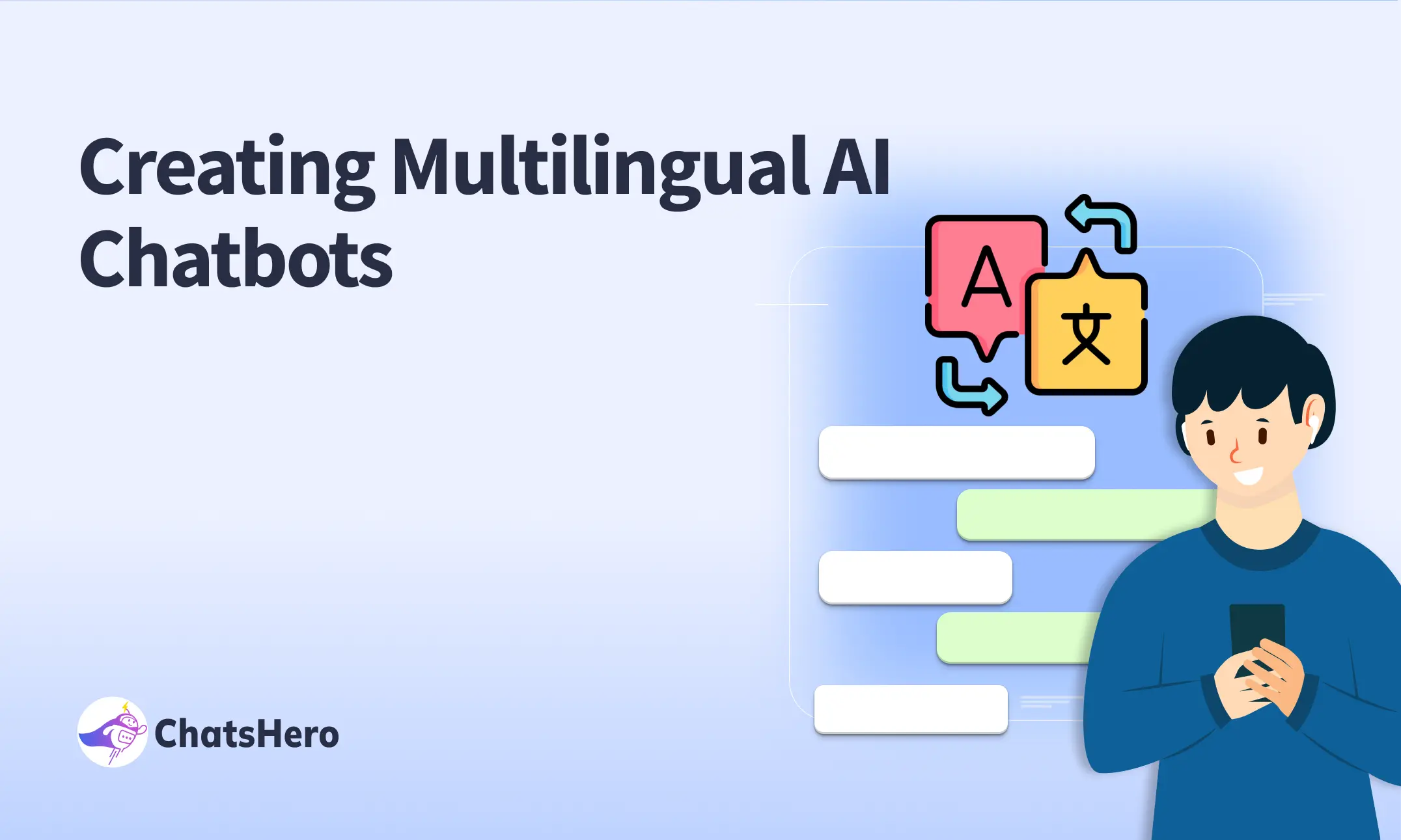
In today’s global digital world, businesses serve audiences that speak many languages. From e-commerce brands across Asia to SaaS companies targeting international markets,speaking your customer’s language builds engagement, trust, and conversions.
That’s where multilingual AI chatbots come in—breaking language barriers and delivering personalized, 24/7 support across WhatsApp, Messenger, Instagram, and web chat.
In this blog, we’ll explore their benefits, technology, strategies, and real-world use cases—and how ChatsHero makes multilingual automation simple and scalable.
What is a Multilingual AI Chatbot?
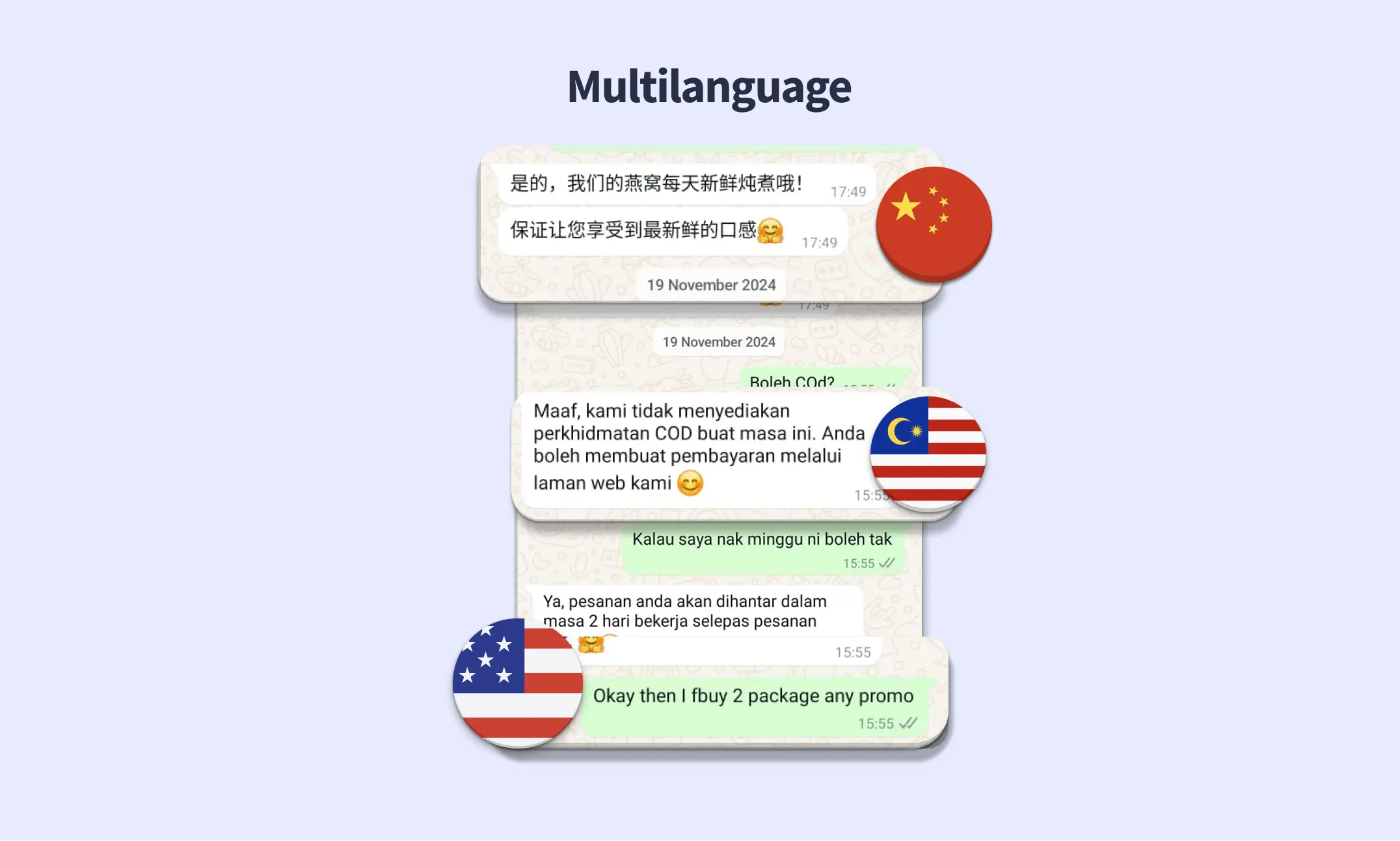
A multilingual AI chatbot is an intelligent virtual assistant powered by natural language processing (NLP) and artificial intelligence (AI), capable of understanding and replying in multiple languages. Unlike traditional rule-based bots, these chatbots can detect the user’s preferred language and adjust responses accordingly.
Key Capabilities:
- Understand and reply in over 100 languages
- Automatically switch language mid-conversation
- Use AI to translate, localize, and personalize responses
- Work across platforms like WhatsApp, Messenger, Instagram & websites
Why Multilingual Chatbots Matter More Than Ever
1. Serve a Global Audience
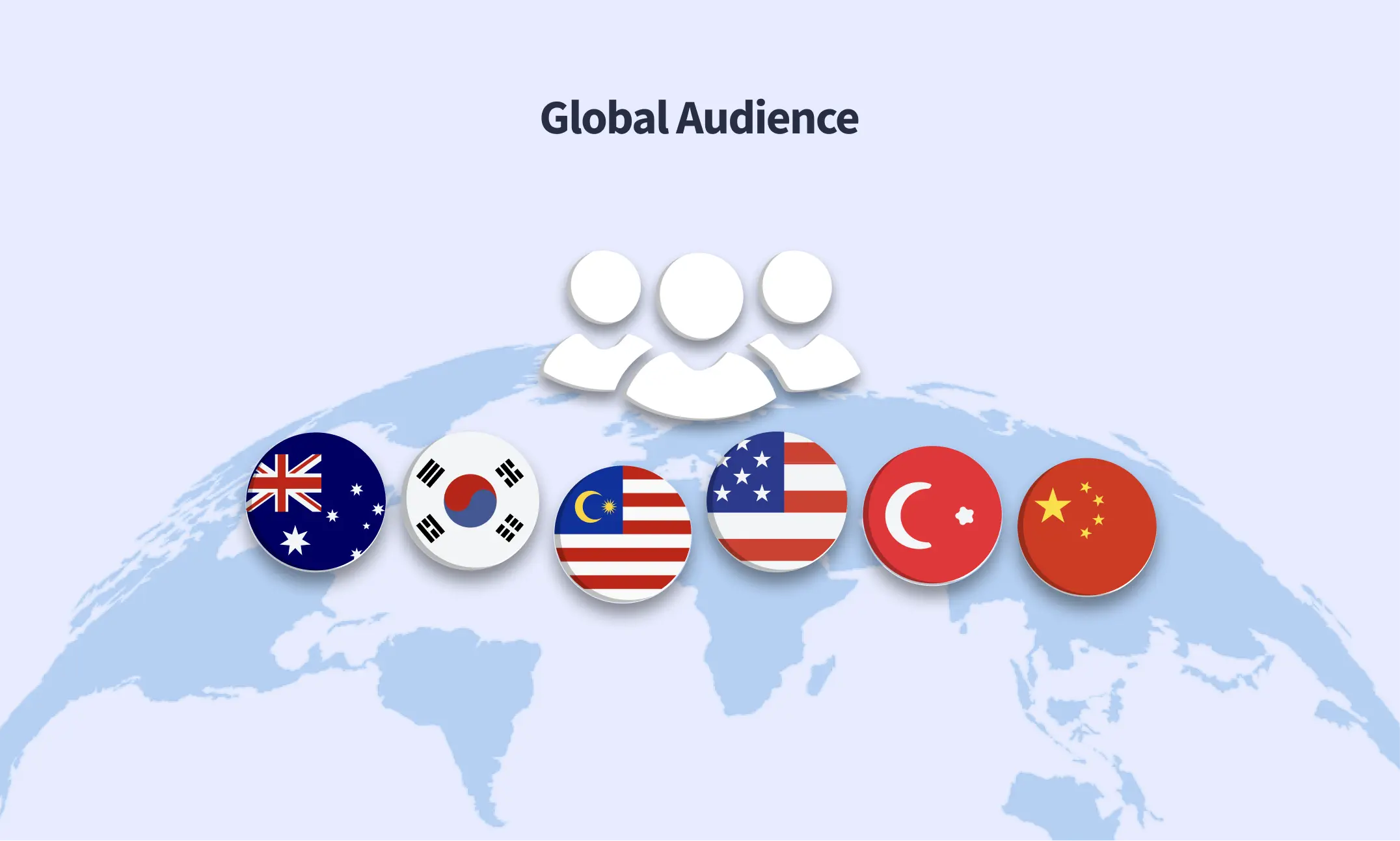
In multilingual markets like Southeast Asia, Europe, and Latin America, speaking one language isn’t enough. A multilingual bot helps businesses reach more users without hiring multiple support teams.
2. Build Trust and Loyalty
Customers are more likely to trust and buy from a brand that speaks their language. Native-language support improves comfort, clarity, and emotional connection.
3. Increase Conversions
When customers clearly understand product details, prices, and support responses, they make decisions faster—resulting in higher conversion rates and lower drop-offs.
4. Reduce Support Costs
AI instead of maintaining multiple language-based teams, one intelligent multilingual chatbot can, freeing up your human agents.
How Multilingual AI Chatbots Work
1. Language Detection
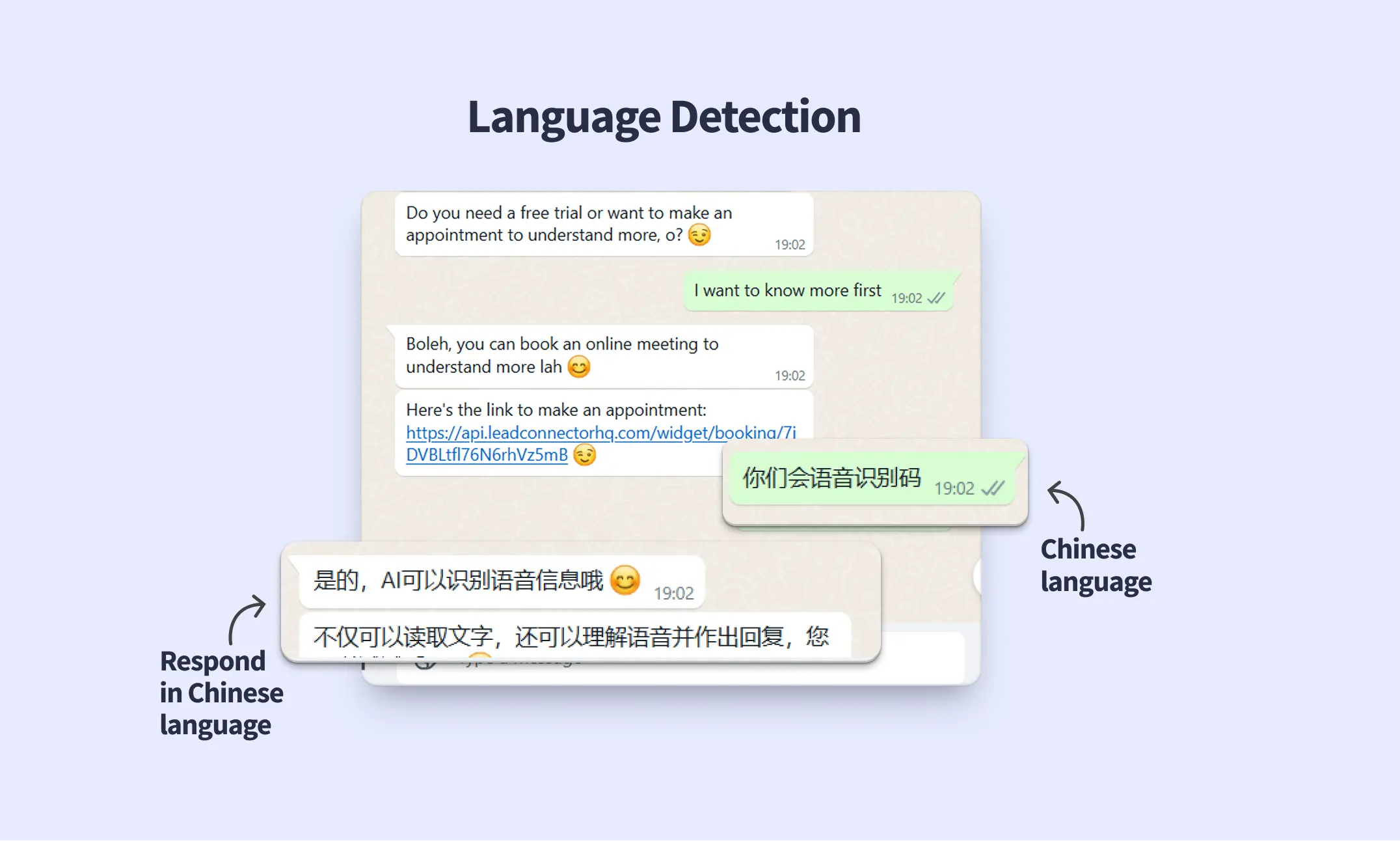
The chatbot automatically detects the user’s language based on input, browser settings, or platform data.
2. NLP-Based Understanding
Using advanced Natural Language Processing (NLP), the bot deciphers the user’s intent—even with spelling errors or slang.
3. Localized Responses
Instead of just translating text, a multilingual chatbot adapts the message to match local expressions, tone, and context for each language.
Use Cases for Multilingual Chatbots
E-Commerce
- Showcase products in customer’s native language
- Handle order status, returns, and FAQs automatically
Hospitality
- Provide hotel info, booking options, and travel guides in various languages
- Handle inquiries from international guests on WhatsApp or Messengery
International Customer Support
- Offer global help desk support across time zones without growing your team
- Answer queries about pricing, onboarding, or services in real-time
Gaming
- Engage players with real-time support and announcements across regions
- Handle account issues, promo codes, and game-related queries fluently
Best Practices for Building a Seamless Multilingual Bot
1. Define Supported Languages Based on Target Markets
Start with top markets and expand as needed. Don’t overwhelm your team with 20 languages at once—prioritize wisely.
2. Use Native Translators for Key Flows
For important flows like onboarding, pricing, or legal terms, use professional translators to avoid errors or misinterpretations.
3. Account for Cultural Differences
Don’t just translate words—localize the entire experience. Payment methods, slang, and tone matter by region.
4. Test Regularly Across Languages
Use native speakers or automated testing to verify grammar, flow, and logic.
5. Use Fallback Language Logic
Always have a default language (e.g., English) in case the chatbot doesn’t recognize the user’s input language.
How to Get Started with ChatsHero Multilingual Chatbot
Here’s how easy it is to launch your multilingual bot with ChatsHero:
1. Sign Up at ChatsHero.com
2. Build Your Flow using drag-and-drop chatbot builder
3. Add Language Blocks for each message or use auto-translate
4. Test Across Platforms like WhatsApp, Messenger, and Instagram
5. Launch & Optimize using analytics and user feedback
With ChatsHero, you can scale support globally without hiring a large multilingual team.
Conclusion
Language should never be a barrier between your business and your customers. With multilingual AI chatbots, you can deliver seamless, personalized, and localized user experiences across platforms—while reducing support costs and increasing conversions.
Frequently Asked Questions
1. Can one chatbot support more than 3 languages?
Yes! With ChatsHero, you can add as many languages as needed to support your customer base
2. What happens if the bot can’t detect the language?
It will use a default fallback language (e.g., English) and prompt the user to choose their preferred language manually.
3. Is machine translation accurate enough?
For casual flows, yes. For sensitive flows (e.g., legal terms), human-reviewed translations are recommended.
4.Does the chatbot need to be rebuilt for each language?
No. ChatsHero allows you to build one flow and assign language-specific versions of each block—saving time and cost.
Further Reading
Want to learn more about automation for AI Chatbot? Check out these resources:
